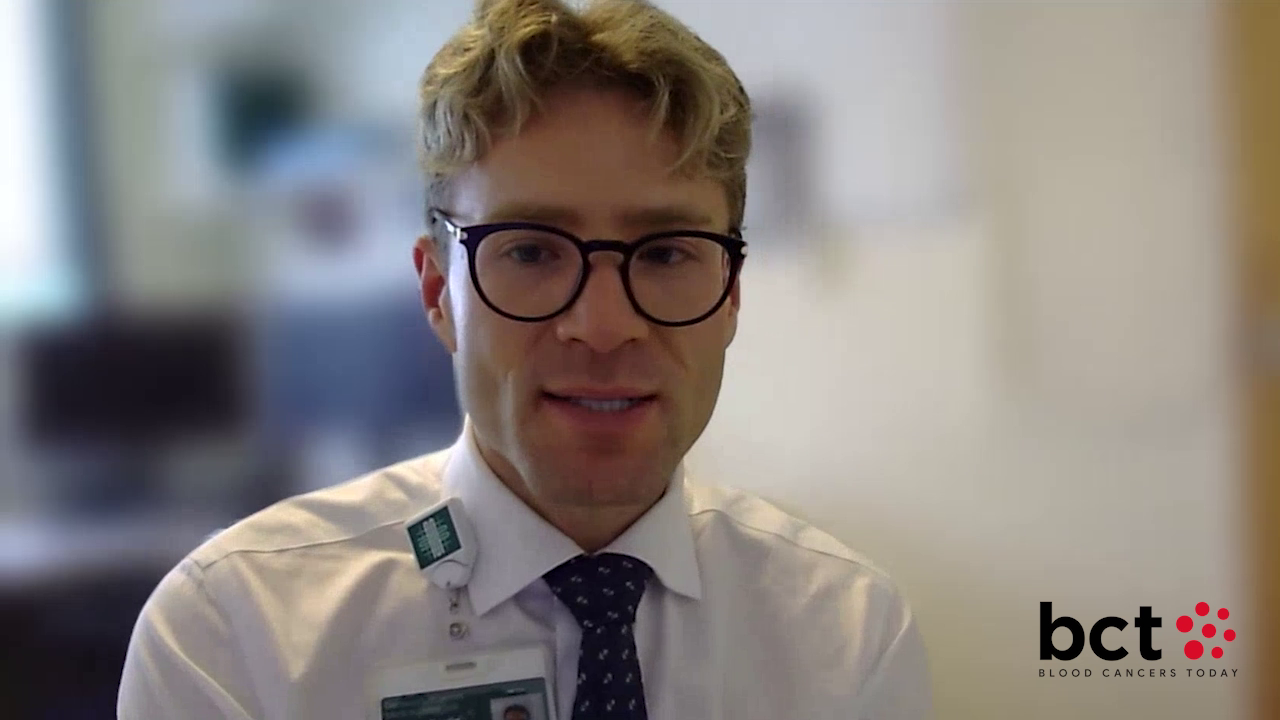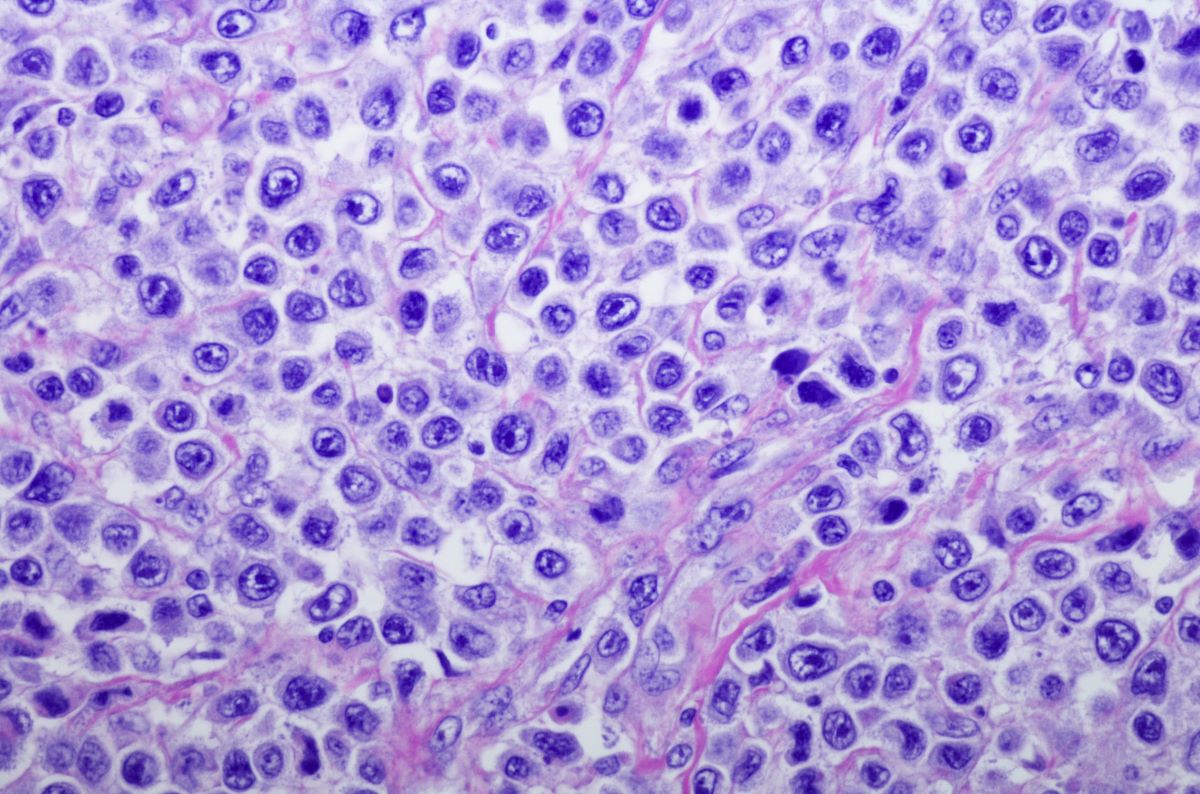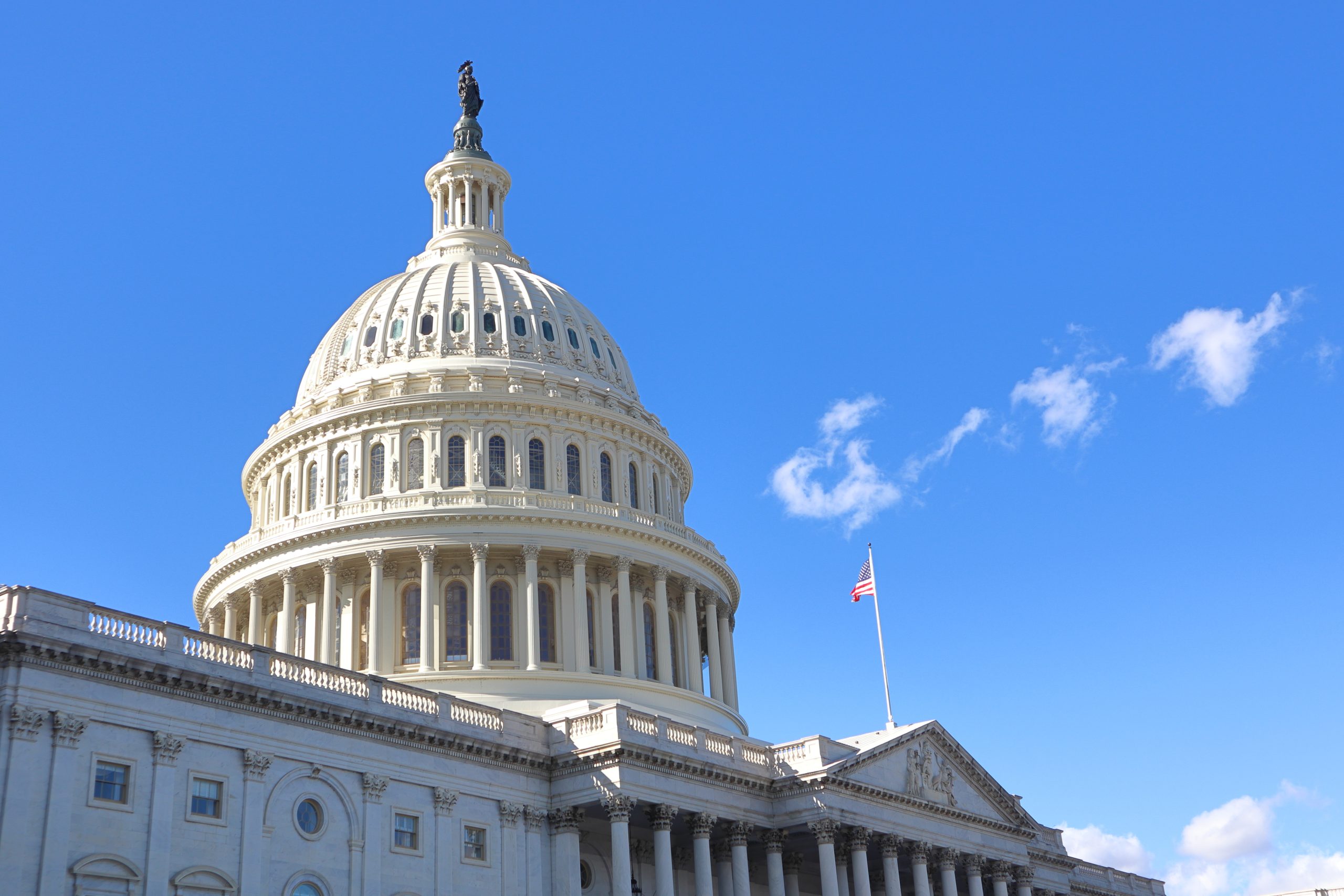
Patients with large B-cell lymphoma (LBCL) who received chimeric antigen receptor (CAR) T-cell therapy earlier in treatment had lower occurrences of severe neutropenia, but overall treatment timing was not linked to survival outcomes, according to a retrospective analysis presented at the 2024 Tandem Transplantation & Cellular Therapy Meetings of ASTCT® and CIBMTR®.
“While earlier administration demonstrated a lower incidence of severe neutropenia, key efficacy metrics remained similar across early versus late introduction of CAR-T,” wrote the researchers, led by Magdalena Corona, MD, of Memorial Sloan Kettering Cancer Center.
In the analysis, Dr. Corona and colleagues investigated the best CAR-T treatment timing in 368 patients from two medical centers who received CD19 CAR-T therapy. The timing of patient treatment was characterized as early indication (primary refractory disease or relapse occurring within 12 months after the initial line of treatment) or late indication (treatment administered after two lines of prior therapy).
Patients in the late indication group had higher levels of prelymphodepletion lymphodepletion (LDH) before lymphodepletion treatment (P<.001) and received 4-1BB-based CAR-T (P=.008). Patients in the early indication group tended to be older before receiving CAR-T treatment (P=.021) and more likely to have received systemic bridging therapy before CAR-T (P=.034).
No differences in overall or complete response rates were observed in either the early (median follow-up, 8.9 months) or late (median follow-up, 24.6 months) indication groups. The one-year progression-free survival (PFS) rates were 42% in the early indication group and 40% in the late indication group. The one-year overall survival (OS) rates were 86% and 66% for the early the late indication groups, respectively.
A multivariable Cox regression analysis revealed certain patient characteristics were linked to reduced OS, including elevated prelymphodepletion LDH (P<.0001) and age (P=.0007). Lower PFS was also linked to higher prelymphodepletion LDH (P<.0001) and the use of tisagenlecleucel (P<.0001).
The researchers noted that comparable results were observed when the analysis was restricted to only those patients who were treated with axicabtagene ciloleucel.
The cumulative incidence of severe neutropenia (neutrophils <0.5 × 109/L) within 30 days after infusion was higher in the late indication group, but the occurrence of severe thrombocytopenia (platelets <20,000/mm3) and the rates of grade 2-4 cytokine release syndrome and immune effector cell-associated neurotoxicity syndrome were the same across both groups.
Dr. Corona and colleagues noted that “additional follow-up is needed to determine whether the benefit of earlier exposure to CAR-T endures over time.”
Reference
Corona M, de Abia AL, Sdayoor I, et al. Early versus late CAR-T therapy in large B-cell lymphoma: real-world outcomes. Abstract #500. Presented at the 2024 Tandem Transplantation & Cellular Therapy Meetings of ASTCT® and CIBMTR®; February 21-24, 2024; San Antonio, Texas.






 © 2025 Mashup Media, LLC, a Formedics Property. All Rights Reserved.
© 2025 Mashup Media, LLC, a Formedics Property. All Rights Reserved.